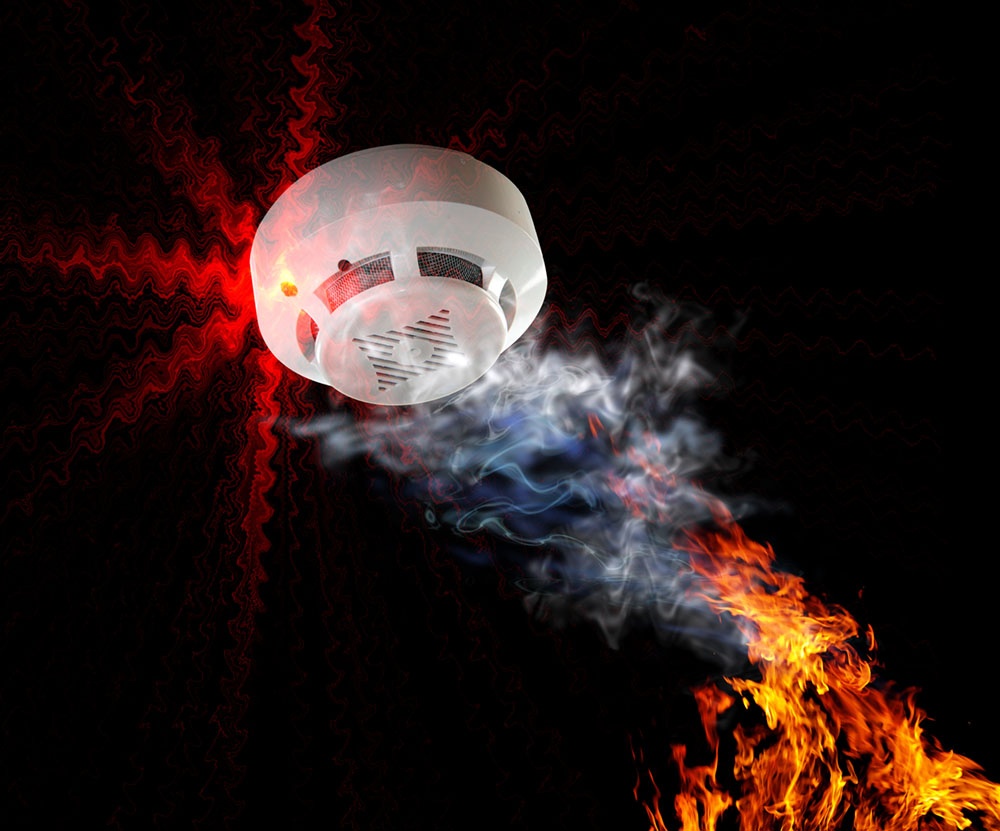
If you are running a high-rise condo, then fire safety may well be on your mind - especially after the high-profile apartment block fire in London. The fire involved a number of failures, some of which are not the responsibility of anyone but the builder or contractor doing updates.
Having an overall plan for the condominium association building, though, can help keep a fire from turning into a disaster. Here are some elements you should consider for your fire safety plan.
1. Encourage residents to have their own fire safety plan - and provide them with the information they need to make a good one. Make sure they know things like counting the doors to the nearest fire exit and not propping open fire doors.
2. Require all residents to have a smoke alarm and test it regularly (You could also consider mandating carbon monoxide alarms). Some buildings provide smoke alarms. Make sure that smoke alarms are not located in or too close to the kitchen - a smoke alarm that goes off every time the resident cooks will inevitably end up being disabled.
3. Have an evacuation plan that includes assembly areas outside the building. Your state may have specific requirements as to what is in the plan. Design the plan with shortest evacuation routes in mind, and make sure that there is a good route set for each individual unit.
4. Post the evacuation plan in a number of public places, including a central location on each floor, and provide a copy of it to all residents on move-in or on request. You can also make it available through a resident portal on the website. Add to the evacuation plan the actual street address of the building, not its name - the post office can find it with the name, the fire department may not be able to.
5. Make a list of residents who are elderly, disabled, or have very young children and keep that list handy. This can be given to firefighters and maintenance personnel can go check on them in the event of a fire. Have a plan for evacuating people who are unable to use stairs and make sure that they know what the plan is.
6. Make sure evacuation routes are clearly marked and that they are not blocked with equipment or vehicles. Maintenance and janitorial staff should also be trained to know the evacuation routes and not to block them.
7. Include the location of portable fire extinguishers and pull stations (if you have any) in the evacuation plan, but remember to caution residents not to fight a fire themselves unless they are confident they can do so without personal danger.
8. Look towards the future by upgrading fire systems when possible. Sprinkler systems save a lot of lives, but may be outside the budget for your building. Adding strobe lights to alarms is cheaper and can also be helpful.
9. Set up a fire safety committee including several senior residents. Make sure that the people who live in the building have a say. Also encourage residents to report things such as damaged smoke alarms or fire extinguishers.
10. Set parking regulations that keep fire lanes clear and ensure that the fire department can easily access the building.
11. Finally, develop a good relationship with the fire department and consider asking their advice on a good fire safety plan. The fire department should have the ability to access all entrances to the building without having to stop and get a key. Make sure that both they and you know where water connections are.
A good fire safety plan, though, relies on cooperation between the association, residents, and building staff. The most important thing is to ensure everyone is on the same page and that in the event of an incident everyone evacuates quickly and safely. For more information and other help with homeowners' and condo association problems contact Grand Manors.

